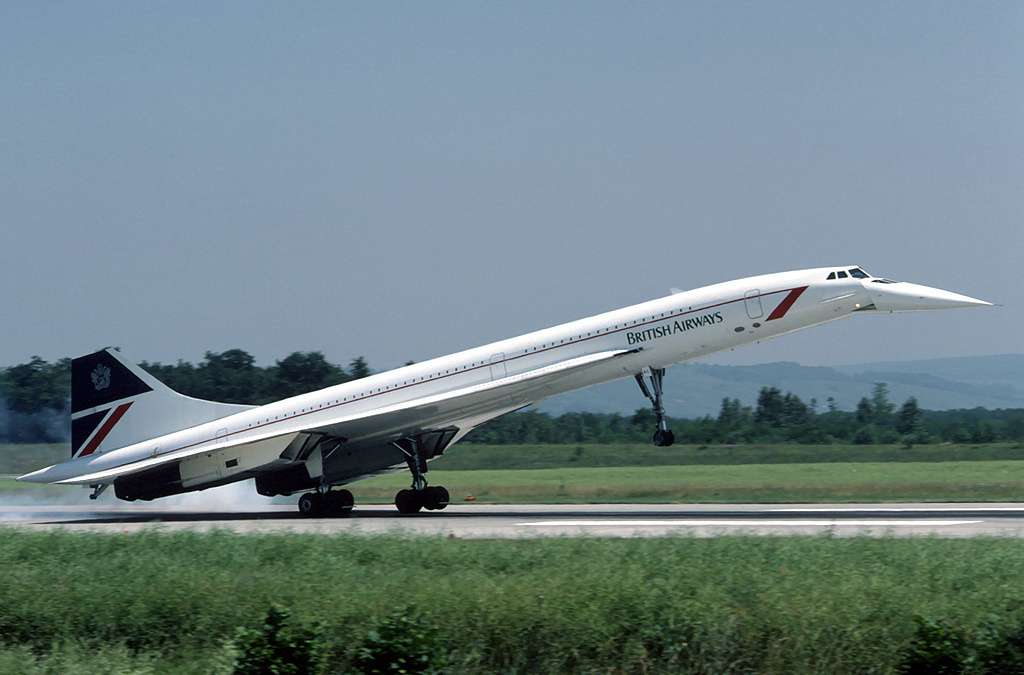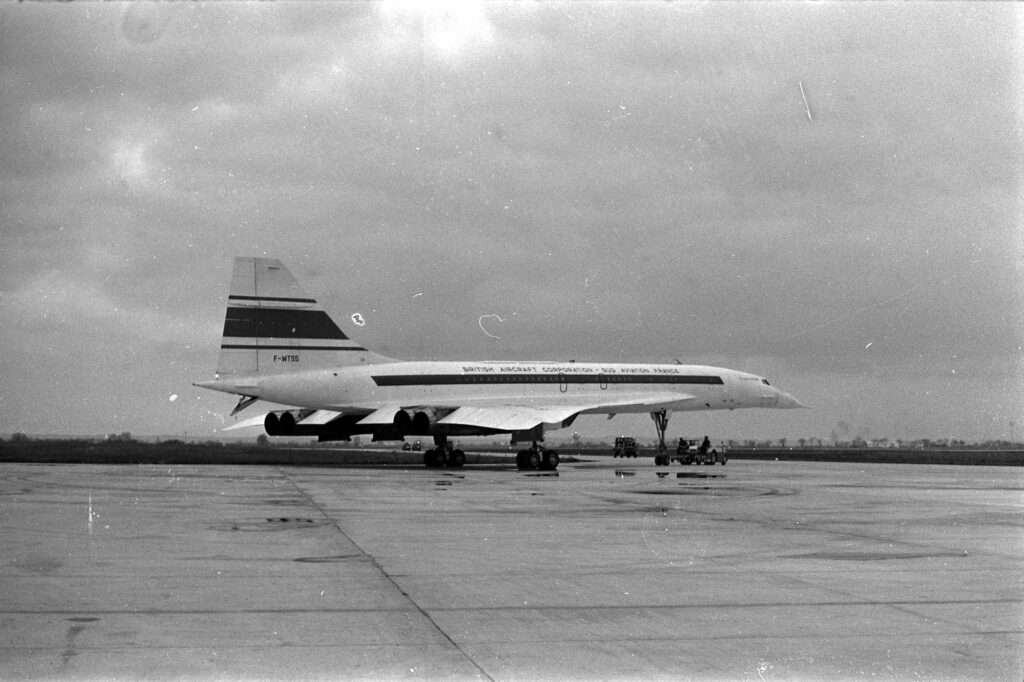In the first part of our Concorde history mini-series, we looked at it’s production and sales. Let’s take a look at it’s entry-into-service & service life.
We will take a look at the testing aspect between 1969-1976, as well as what life looked like with Concorde when it entered service and throughout it’s life.
Without further ado, let’s get into it…
Testing of Concorde…

Concorde 001 made it’s first test flight on March 2, 1969 from Toulouse, where the general feel and systems were tested onboard the aircraft.
By October 1 in that year, the jet went supersonic, which took the world by storm in this.
Significant testing continued over a two-year period before the aircraft went on a sales & demonstration tour around the world in September 1971, which also marked the first transatlantic crossing of the aircraft.
Concorde 002 also did the same, but via a tour across the Middle East and the Far East in 1972, before visiting the U.S in 1973 by celebrating the opening of Dallas Fort-Worth International Airport, and this is where such orders were on the brink of cancellation by U.S-based carriers as explained in Part 1 of this series.
By 1976, following the inability to sway customers from cancelling orders, the only buyers left were British Airways, Air France, Iran Air & CAAC, but it ended up being the UK & France that took hold of the aircraft.
Entry-into-Service…

[monsterinsights_popular_posts_inline]
British Airways received their first Concorde on January 15, 1976 at London Heathrow Airport.
By January 21 of that year, the airline was operating services between London-Bahrain, with Air France starting operations thereafter on the Paris-Rio de Janeiro service, with a stopover in Dakar.
By April 10, Air France began a service to Caracas via a stopover in the Azores. However, Concorde was beginning to have it’s issues over in the U.S, a key market for both airlines.
Permission was needed to operate Concorde into Dulles, and the U.S Department of Transportation, William Coleman, after much hesitation, gave the greenlight for both British Airways & Air France to operate a thrice-weekly service simultaneously in 1976.
That particular route lasted for about eight years for Air France as they cancelled it in October 1982 due to low demand, with British Airways eventually cancelling it in November 1994.
The fighting in the U.S over Concorde continued in 1977, but this time in New York as well.
When the U.S Government lifted the ban on the aircraft type, the State of New York banned it locally, which involved the U.S Supreme Court’s actions to reverse the ban, paving the way for the jet to operate to JFK.
Another highlight was in December of that year when British Airways & Singapore Airlines started sharing G-BOAD, and went as far as being painted in the livery of its partner.
Services from London to Singapore via Bahrain began, but only lasted as long as three return flights due to complaints of noise by Malaysia.
That, on top of India not allowing supersonic speeds in its airspace, also contributed to the route’s demise in the end, and thus the livery.
Entering into the new decade, Air France ended up utilising the Concorde for services to Mexico City via Washington or New York from September 1978 to November 1982 due to the Mexican oil boom, although such services were eventually cancelled as economic conditions began to worsen in the 80’s.
In the early years, the Concordes with British Airways had a greater number of no-shows than any of their other aircraft, which did contribute to some financial difficulty assigned with the aircraft type.
Overall…

It remains clear that Concorde’s entrance into commercial service wasn’t exactly straight forward.
From customers cancelling orders, to countries not allowing supersonic travel in their countries, it took a lot of work to make things work.
Between the 80’s and 90’s more routes were opened up and subsequently closed, but as financials continued to be a big factor, it wasn’t until July 2000 when the end came.
And that involved Air France Flight AF4590, as we will see in the next article.

Click the banner to subscribe to our weekly newsleter.









